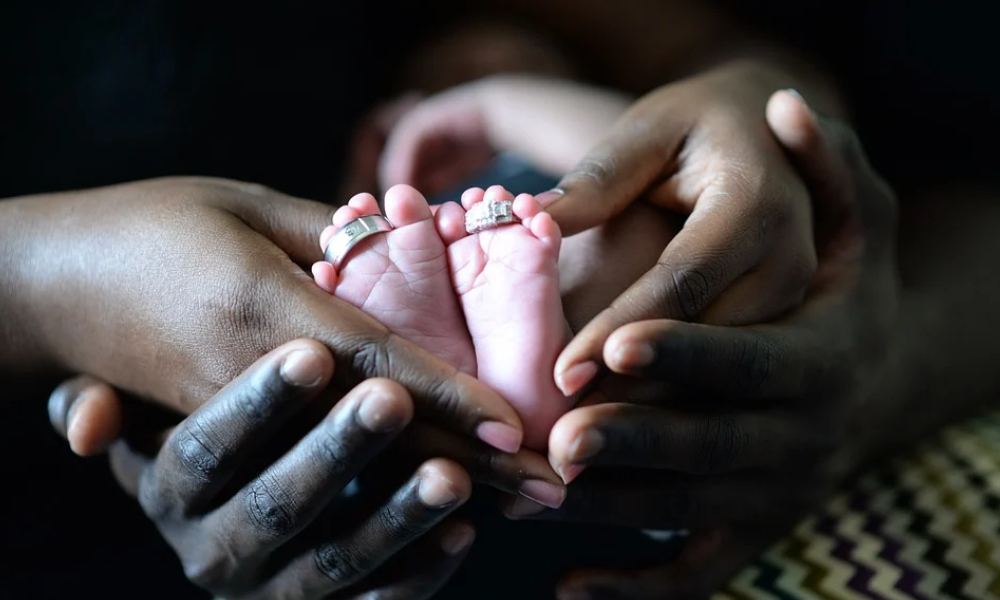
Image Credits: Pixabay
Barring Exceptions, Many States Show Decline In Sex Ratio
Writer: Prattusa Mallik
A student of Journalism and Audio-Visual Communication, interested in words and silences alike, I aim to bring the narratives of the periphery to the centre, one story at a time. When not working, I'm usually caught reading, thinking, writing, watching Friends, or stargazing.
India, 18 Jun 2021 3:22 PM GMT | Updated 19 Jun 2021 4:26 AM GMT
Editor : Madhusree Goswami |
A mountain girl trying to make it big in the city. She loves to travel and explore and hence keen on doing on-ground stories. Giving the crux of the matter through her editing skills is her way to pay back the journalism its due credit.
Creatives : Prattusa Mallik
A student of Journalism and Audio-Visual Communication, interested in words and silences alike, I aim to bring the narratives of the periphery to the centre, one story at a time. When not working, I'm usually caught reading, thinking, writing, watching Friends, or stargazing.
Conventionally, tribal communities in India have had better sex ratios. But this time, the highest fall in sex ratio at birth was seen in the tribal state of Chhattisgarh from 968 (in 2017) to 931 (in 2019).
The Civil Registration System annual report for 2019 revealed a contradicting image on sex ratio at birth (SRB). SRB is the number of girls being born per 1,000 boys born. On one hand, unlike in the past, every state or Union Territory in the list had an SRB of more than 900. On the other, many regions recorded ratios lower than in the last two years.
Regions Showing Decline
Most states that had a low SRB in the previous years showed an improvement. However, some states faced a decline. For example, Assam had a ratio of 921 in 2017. In 2019, it dropped steeply to 903, according to a report by The Times of India.
Conventionally, tribal communities in India have had better sex ratios. But this time, the highest fall in SRB was seen in the tribal state of Chhattisgarh from 968 (in 2017) to 931 (in 2019). In the same period, Himachal Pradesh had a steady drop in SRB (934 to 918). Though Kerala has a high SRB of 960, it dropped from 965.
Regions Showing Improvement
Punjab and Chandigarh — infamous for female feticides — showed considerable improvement. Even in Odisha, the SRB went up from 930 to 947. Among the larger states, Telangana recorded the most significant improvement (915 to 953), followed by Uttarakhand (929 to 960).
According to the World Health Organisation (WHO), the natural sex ratio at birth is approximately 952 females to every 1,000 males. Of all the states and UTs for which data was available, there were six states where this ratio was more than 952. Interestingly, among these, three states were from the northeast. The highest ratio was in Arunachal Pradesh (1,024), followed by Nagaland (from 948 to 1,001) and Mizoram (from 964 to 975).
Due to the unavailability of data on delayed registrations, the SRB of certain states were not available. For example, no data on Delhi was available for 2019. However, it showed significant improvement from 2017 to 2018.
Similarly, for Bihar, Jharkhand, Maharashtra, and Uttar Pradesh, the data was unavailable. However, from the previous data, it can be seen that except for Jharkhand, the SRBs in all these states have improved.
Also read: Denied RT-PCR Test, Called 'Mental' By Hospital Staff, Says India's First Transgender Principal
 All section
All section














